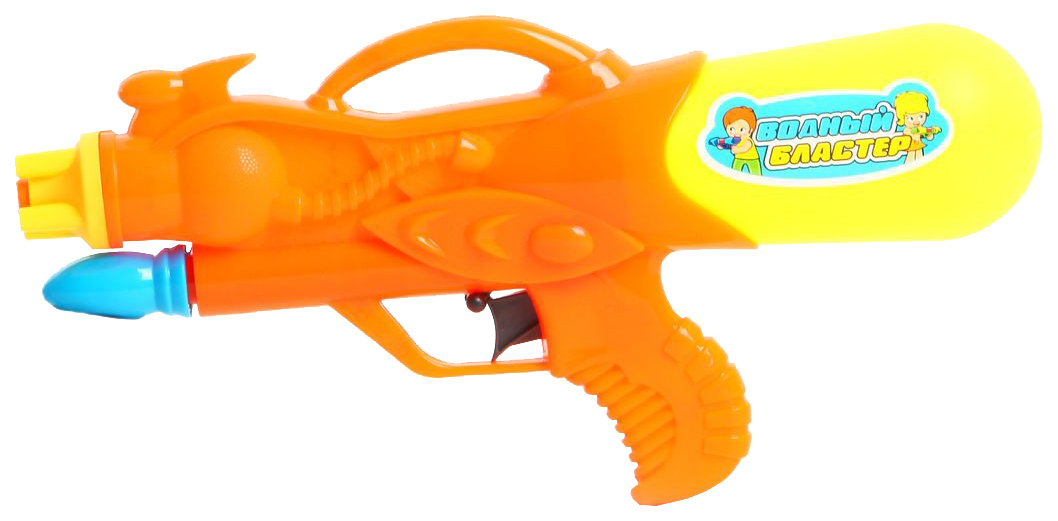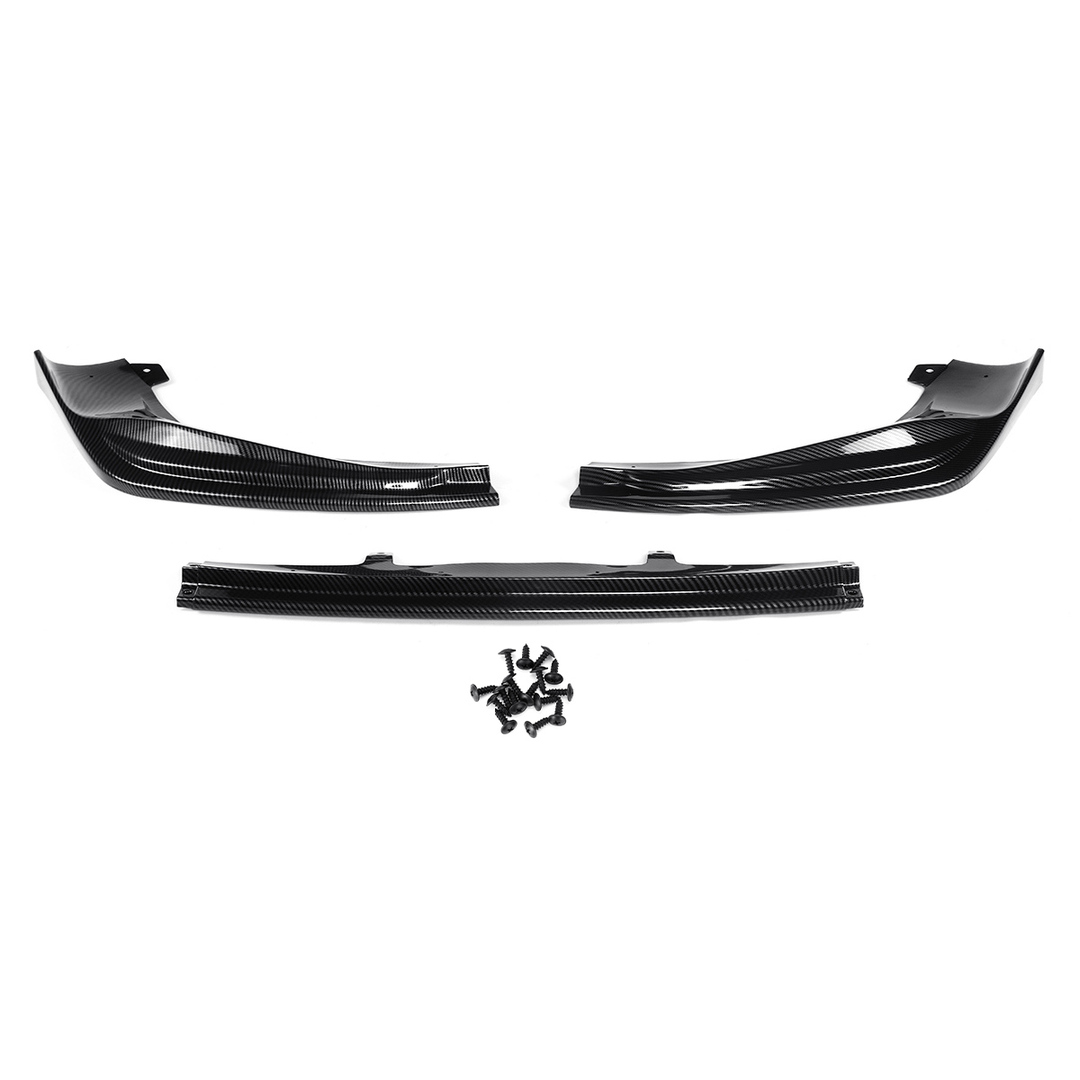Contents:
- Which products will help remove glue?
- Removing properly
- How to remove glue without the use of chemicals?
- Precautions
The need to remove glue from rhinestones from clothes occurs in several cases - inaccuracy with needlework, spots of glue on the spot of dropped beads are visible, or appliquation from pebbles spoils the overall appearance of clothing. All these reasons combine the need to find strong enough means that can dissolve the adhesive base, but do not damage the tissue. Whether this can be done depends on the type of fabric and the composition of the glue.
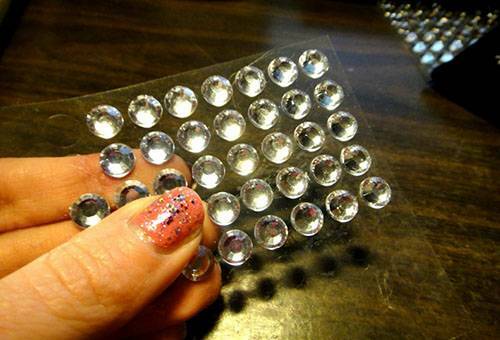
Several types of glue are used for gluing strasses:
- epoxy, cold fixation;
- thermoplastic( melt);
- thermoactive, including epoxy, hot fixation;
- acrylic( superglue).
For the decoration of garments of factory production, thermoactive or thermoplastic glue is used. Pieces - Hand Made - can be decorated with any adhesive compositions, but more often in this case the fabric will be:
- acrylic adhesive for decoupage;
- melt, which is applied with a gun;
- thermoactive adhesive, already applied to "self-adhesive" rhinestones.

What tools will help remove glue?
Properly selected solvents are the guarantee that a thing will be saved from a stain. For those who remove rhinestones from purchased clothes, the task is complicated by the fact that they do not know the composition of the glue base. They will have to select a means for removal by trial and error. But handymakers know what they are using, and in extreme cases they can see the composition on the glue pack.
- Thermoactive adhesive is applied to fabric or crystals in a cold form and fixed by heating - a special soldering iron or iron. This glue composition is "thermonuclear", it holds well crystals, but is poorly soluble. Unfortunately, as simple as sticking, it is impossible to remove them. Heating will only melt the glue, it will penetrate deeper into the fabric. For removal, you can use acetone, solvent 646, spray FLEX / FLOCK REMOVER.
- hot melt adhesive in the form of sticks is inserted into a special gun. Under the influence of heating, the glue becomes liquid, penetrates into the voids that are in the structure of the fabric, gluing it together with the rhinestones. Remove them from clothing so that no trace remains, it is not easy. Here, too, heating will not give a positive effect, since the adhesive can withstand multiple heating / cooling without losing its properties. It will help to remove the cleaner - liquid or aerosol, which contains ethyl acetate or methoxypropanol. For example, nail polish remover( no-acetone), or Flux OFF Cleaner( designed for cleaning boards).
- Acrylic adhesive( superglue) - "Second" or special formulations for rhinestones based on cyanoacrylate, for example Décor Glitter Glue. Most often it is used if you need to put a small picture. Remove it can be "Dimexidom"( sold in a pharmacy), nitromethane( additive to fuel), bezasetone nail polish remover, "Anti-superglue", spray "3M Cleanser Cleaner".
- Cold-fixing epoxy adhesive is one- and two-component. The first is enough to apply from a tube, and in the second case, the components must be mixed independently. They are removed the same way: a mixture of turpentine and alcohol( 50/50), acetone and any acetone-containing solvents( P 646, P 4).
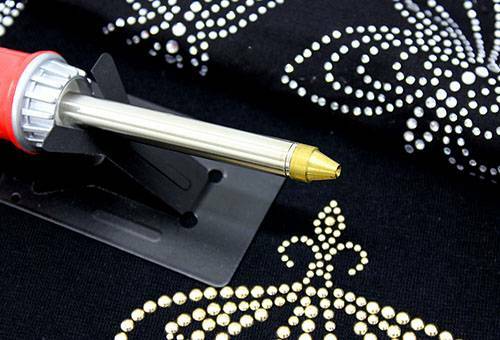
Remove correctly
To clean the fabric and not to damage it, you need to remove the traces of glue, observing the following rules.
- Acetone( and solvents based on it) should be applied from the wrong side of clothing with a clean swab. In this case, blotting paper is laid on the front side. As it gets dirty, you need to change it.
- Spray should be sprayed on the front side and washed with a clean swab. You can use a cotton pad as a tampon.
- After applying turpentine or nitromethane, you need to wait a few minutes, and then wipe the stain with a clean swab. You can apply these funds on the purl and on the front side.
- Wiping the stain, you need to ensure that you do not rub the adhesive onto the clean part of the fabric.
- If the adhesive has become gel-like under the influence of a solvent, but is not removed by a swab, you can remove it with an eraser.
Advice
Blotting paper can be replaced with paper towels. They have the same absorbent properties. The only condition - they must be white, so that under the action of acetone the dye does not fall on the clothes.

How to remove glue without the use of chemicals?
All adhesive compounds for rhinestones - strong fixation. Therefore, even with the use of aggressive solvents there is no absolute guarantee that it will be possible to completely remove the traces of glue from the clothing. But there is a very high probability that the fabric fades or deforms. Therefore, the best way out is to try to remove the rhinestones together with the adhesive layer. This is not always possible, but it is possible to increase the chance by treating the fabric from the wrong side with alcohol so that it soaks well. Alcohol is not a solvent, but it reduces the adhesion( adhesion) of the glue to the fabric. After this treatment, it remains to pierce the bead with a sharp object, trying to hook the adhesive layer.
If this method does not work, do not immediately switch to chemicals. There is another gentle way - freezing. Thermoactive, epoxy and glue-melt change their structure when frozen, even in the freezer of a domestic refrigerator.
The instruction on how to peel off the rhinestones so that there is no trace left, with the help of low temperature, is extremely simple.
- Clothes should be put in the freezer, after wrapping it in a plastic bag.
- Wait for it to freeze, not just cooling. On time it can take from 5 to 6 hours( depending on the type of refrigerator) at a temperature mode of the camera - 24º C.
- After removing from the refrigerator, you need to peel off the rhinestones. They must move away with the glue.
- If you can not remove the adhesive completely, you can clean it with a hard brush. Sometimes it must first be "smashed" with a wooden hammer or rolling pin so that it looks like a powder.
- If you can not clear everything at once, repeat the procedure.
Acrylic glue in this way can not always be removed, as it collapses at a temperature below -40º C, and in domestic chambers it is higher. The output will be aerosol freezing, for example FREEZE 75. This spray will instantly cool the desired area to - 49º C. Apply it in stages in order to have time to wipe the treated area.
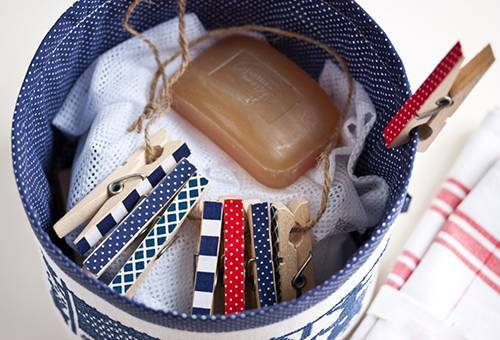
Precautions
In order not to spoil clothes, removing traces of rhinestones, you need to know a few facts. Acetone and Thinner 646 can not be used on acetate silk. These chemicals can also discolor the tissue. Bezacetone nail polish remover and industrial lacquer removal agents affect painted fabrics in a similar way, so any chemically active substances should be inspected on an inconspicuous area.
After applying any cleaners or solvents, clothes should be soaked in water and washed, well soaping the places where there was glue, household soap. It is necessary to wash it by hand in warm water and rinse well. At the first ironing, the place of the stain should be ironed through a clean cloth, paving the same under the bottom. If there are remnants of glue - they will "go away" when ironing on the substrate.


